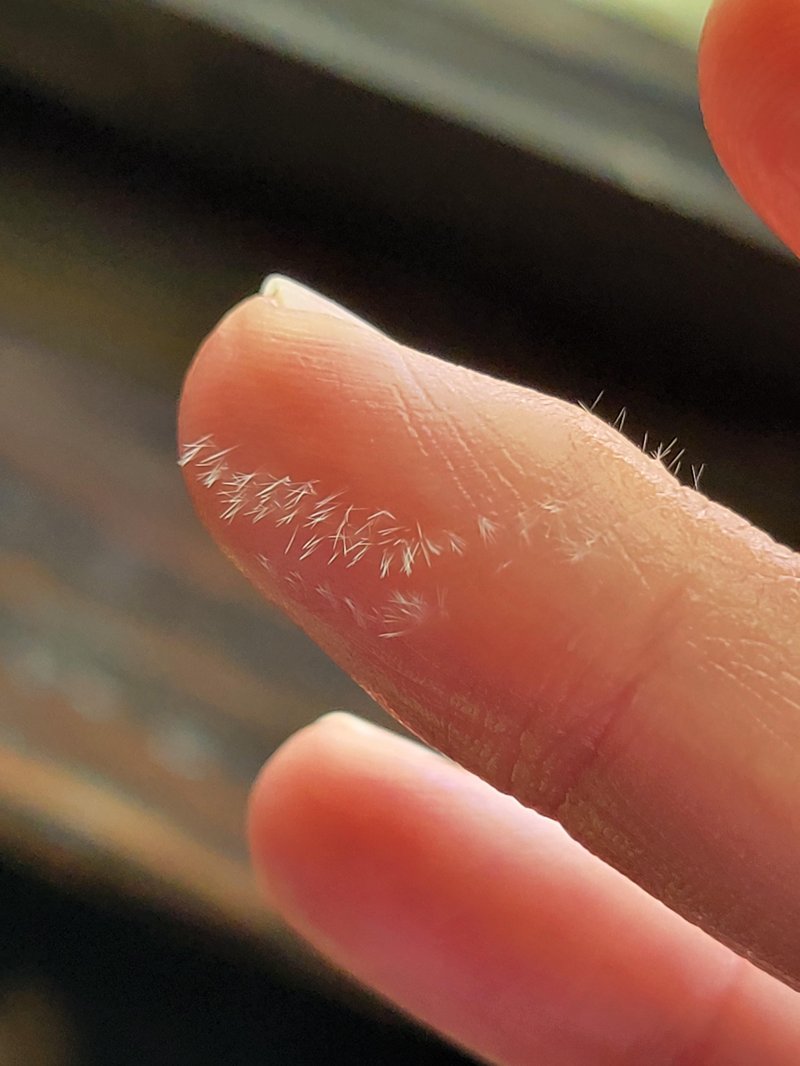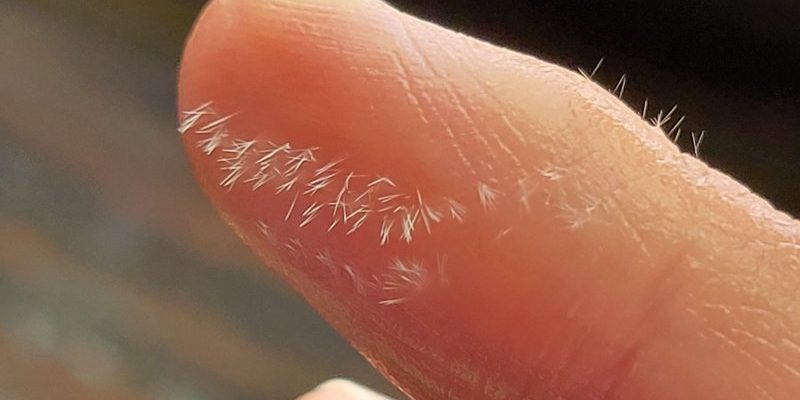
Bristle worms, especially species like the Fireworm, are common in marine environments and even in some freshwater settings. They have tiny, hair-like bristles that can inject a mild toxin when they come in contact with your skin. You might not think twice about these worms, but a bite can lead to some uncomfortable symptoms. Understanding those symptoms and knowing how to treat them can help ease your worries.
Recognizing Symptoms of a Bristle Worm Bite
When it comes to a bristle worm bite, the symptoms can vary based on the person and the situation. Generally, the bite site becomes red and swollen. You might notice a localized rash or a burning sensation. It’s not exactly the kind of souvenir you want to take back from your ocean adventure!
Common symptoms include:
- Redness and swelling: This is the most immediate sign. The affected area may appear inflamed and tender to touch.
- Itching: You could experience intense itching at the site of the bite, which might drive you a bit crazy.
- Pain: Many people report a sharp, burning pain that can last for several hours.
- Blisters: In some cases, blisters may form, making the area look more serious.
You might be wondering how serious it is. While most bristle worm bites are not life-threatening, they can be quite unpleasant. Some individuals may also experience allergic reactions, leading to more severe symptoms. Pay attention to your body!
Initial Steps to Take After a Bite
So, what do you do if you or someone you know gets bitten? First things first: stay calm. It’s easy to panic, but there are effective steps you can take right away.
1. Rinse the area: Use saltwater or, if that’s not available, clean fresh water to rinse the site gently. This can help remove any remaining bristle fragments.
2. Remove any visible bristles: If you see any tiny bristles still stuck in the skin, carefully use tweezers to remove them. Be gentle—this isn’t the time for a heavy hand.
3. Cold compress: Applying a cold compress can help reduce swelling and numb the pain. You can wrap ice in a cloth and hold it against the affected area.
Honestly, how you react in those first few minutes makes a big difference. Taking these initial steps might help manage your symptoms more effectively.
Over-the-Counter Remedies to Alleviate Symptoms
If the bite’s symptoms stick around and need a little extra help, over-the-counter remedies can be a lifesaver. You don’t need to rush to the doctor for every bite, but having a few simple items at home can make recovery easier.
Consider these options:
- Antihistamines: Medications like Benadryl can help reduce itching and swelling. Always check the dosage and guidelines before administering.
- Topical corticosteroids: Creams containing hydrocortisone can soothe inflammation and decrease pain.
- Analgesic creams: Products with lidocaine may numb the area and provide temporary relief.
It’s important to follow the instructions on these medications. You want to feel better without overdoing it.
Natural Remedies to Consider
If you prefer to go the natural route, there are several home remedies that may help ease the symptoms of a bristle worm bite. Here are a few to consider:
1. Aloe Vera: This plant has incredible healing properties. Applying fresh aloe vera gel can soothe irritation and promote healing.
2. Oatmeal: An oatmeal bath can be very calming for itchy skin. Just grind up oats, put them in a sock, and soak in warm water.
3. Honey: Its natural antibacterial properties make honey a good option. Applying a thin layer can help with healing and reduce inflammation.
You might be surprised how effective these natural remedies can be. They’re gentle on the skin and can provide relief without the side effects of some medications.
When to See a Doctor
While most bristle worm bites are manageable at home, there are times when you should seek medical attention. If you notice any of the following, it’s crucial to get help:
- Severe allergic reaction: If you experience difficulty breathing, swelling of the face or throat, or hives, seek emergency care immediately.
- Infection signs: If your wound becomes increasingly red, warm, swollen, or starts to ooze pus, it’s time to see a doctor.
- No improvement: If symptoms persist or worsen after a few days, don’t hesitate to get evaluated.
Remember, it’s always better to be safe than sorry. Healthcare professionals can provide treatments that may not be available over the counter.
Preventing Bristle Worm Bites in the Future
Now that you know how to treat a bristle worm bite, you probably want to avoid getting bitten again. Here are some tips to keep in mind:
1. Wear protective gear: If you’re handling live rock or doing any diving or snorkeling, put on gloves and long sleeves.
2. Be aware of your surroundings: When swimming or snorkeling, pay attention to the types of creatures hanging out in the area.
3. Educate yourself: Learn about local marine life. Knowing what to expect can help you avoid potential hazards.
Taking these precautions will help you enjoy the water without worries.
So, there you have it—a beginner’s guide to treating a bristle worm bite. It’s never fun to deal with a painful bite, but understanding the symptoms and knowing how to respond can make all the difference. Whether you opt for over-the-counter medications, natural remedies, or just good old-fashioned care, you’ll be better prepared for your next adventure.
Always remember that while bristle worms are a part of nature, your safety and comfort come first. And who knows? With the right precautions and knowledge, you might just find yourself enjoying the underwater world without a hitch. Safe swimming!

